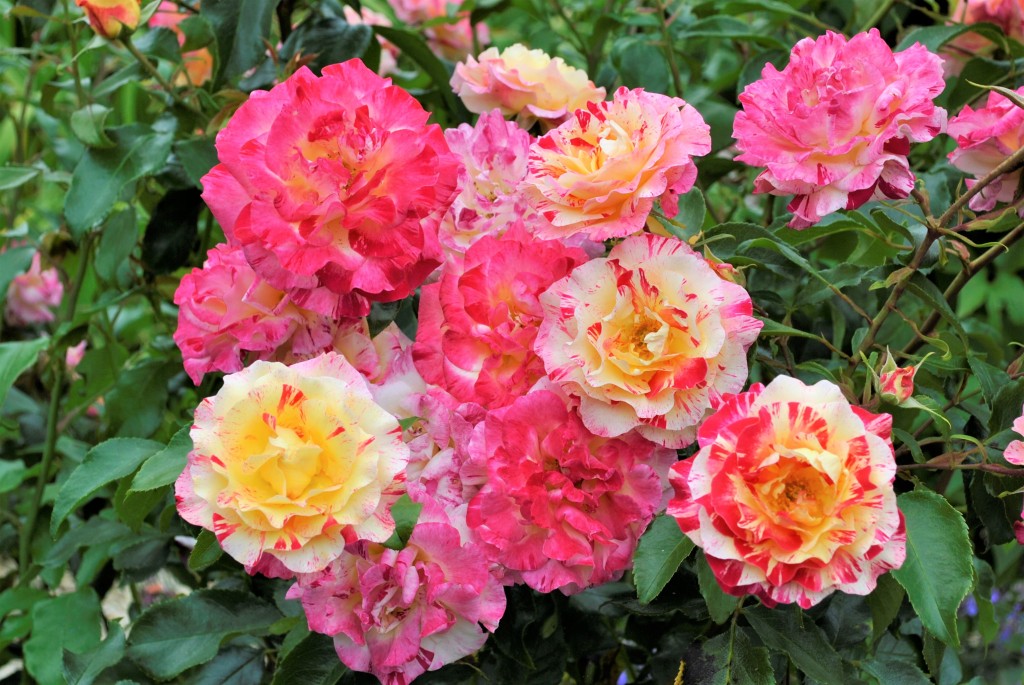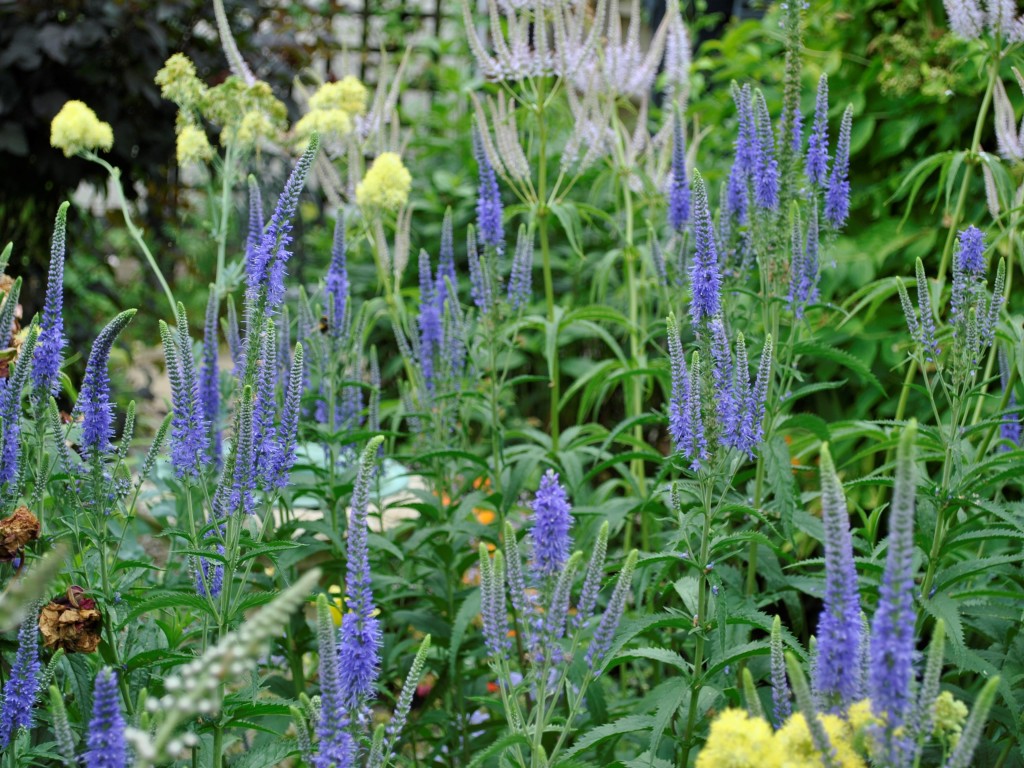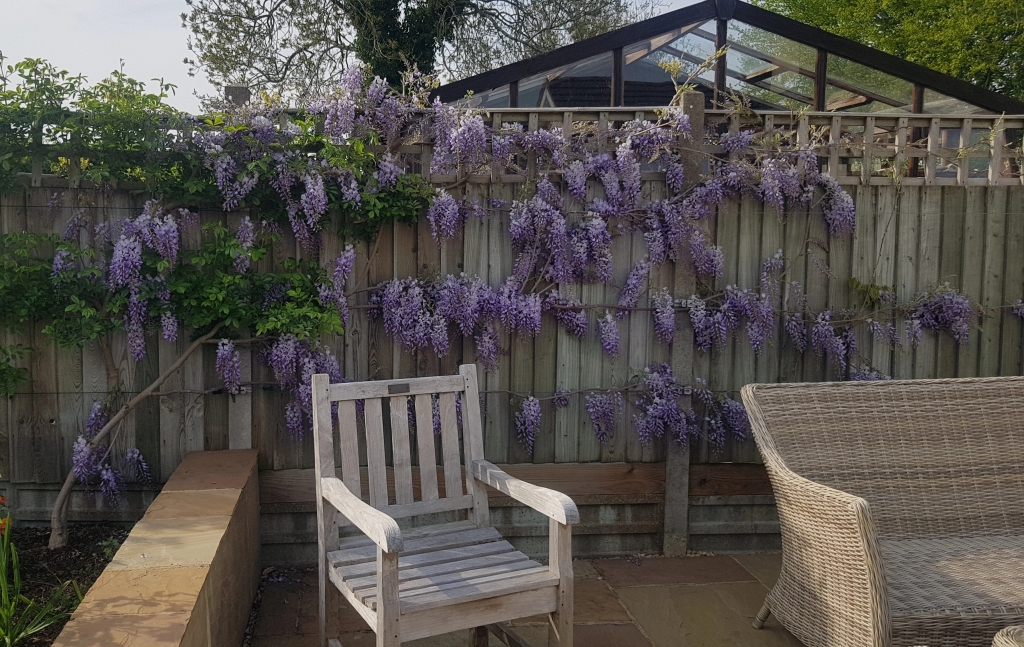
Merry Xmas to everyone who reads, follows or stumbles across my blog this weekend. It has been a couple of weeks since I posted anything, mainly because there wasn’t much to show or say. And there still isn’t! But I couldn’t let the Saturday before Christmas go by without a quick six. This hanging basket was instead of a wreath on the front door this year, just to be different. Hope you like it!

Just a little reminder of this time last year when we had 10 days of ultra low temperatures and the cell structure of many, usually hardy, plants was destroyed. We spent an agonising six months counting the cost of the losses, the precious plants that did not recover, the coastal New Zealand species we took for granted like Hebe, Pittosporum and Flax which turned out to be so vulnerable. The Penstemons, Hydrangeas and fleshy rooted Agapanthus which turned to mush. Some of my friends with plant nurseries and National Plant Collections will never recover.

But, on the other hand, many other plants benefited from the cold winter and warm spring. The roses were excellent and far less troubled with greenfly and rose sawfly, although blackspot was still a big problem here in my garden. June was a spectacular month and those plants which survived excelled in the warm Cotswold sunshine.

Among the plants I would single out for praise and which received good reaction from visitors this year was Veronica longifolia, kindly donated by my good friend and horticultural wizard, Yvonne Gregory. It is as tall as the Veronicastrum in the background but totally self supporting at over 5′ and adored by bees.

Not the best photograph because it is tall and gangly, but my outstanding plant of the year was undoubtedly Salvia uliginosa which flowered from May until I finally cut it back in mid November. There wasn’t a day go by when it wasn’t covered in bees and other pollinators. On warm sunny days it literally buzzed! I know of no other plant with such flower power and pollinator attraction. Especially outstanding because the bumble bees couldn’t get inside the tiny flowers, they had to pierce the base of the flower to get at the nectar, but this didn’t put them off one little bit!

I leave you for now with a rare picture of my juvenile Wisteria chinensis ‘Prolific’, not because the plant itself is rare but because it is an early flowerer and vulnerable to late April frosts which have killed the emerging flower buds for the last four years, but not this year! I finally got to see and smell the beautiful racemes of lavender blue flowers covering the patio fence and not the frosted, brown and withered buds I usually see!
A very Merry Christmas, I hope you have a wonderful time.
David
